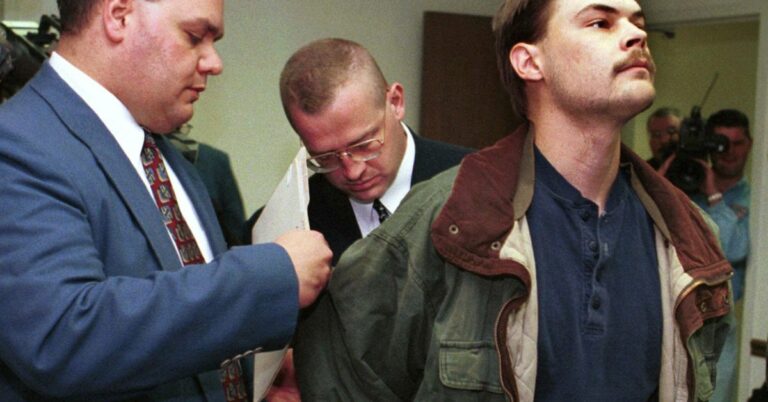
The Early Struggles of a Champion at Ferrari
Lewis Hamilton’s move to Ferrari at the start of this year has presented a significant challenge for the seven-time Formula 1 world champion. After a highly successful tenure with Mercedes, the transition to the Italian team has proven to be a hurdle. The initial results haven’t matched the expectations, with Hamilton’s best grand prix finish being fifth place in Bahrain. While he has shown promise in the sprint races, finishing first and third in China and Miami respectively, the adaptation process is ongoing. This shift has been characterized by difficulties in adapting to the Ferrari car’s handling characteristics, specifically its instability and braking performance. This situation has drawn the attention of fellow driver Esteban Ocon, who offers insights into the complexities of switching teams and car philosophies. The pressure is on Hamilton to quickly adapt and bring his A-game to the tracks.
When we look back at Hamilton’s journey, we see a legend shifting gears. After twelve illustrious years with Mercedes, winning six F1 titles, Hamilton brought his experience and ambition to Ferrari. It’s a move that shook the F1 world. However, the switch has not been smooth. Hamilton, known for his exceptional skills and ability to extract the maximum from a car, is now grappling with the unique characteristics of the Ferrari. The car’s instability and braking issues have been major concerns, hindering his performance on the track. As a driver, Hamilton understands these hurdles, having experienced the nuances of different cars throughout his career. His insights are invaluable, and his ability to adapt is a testament to his skill and determination.
Ocon’s Understanding of the Transition
Esteban Ocon, a driver for Haas F1, has spoken up about Hamilton’s difficulties, offering a unique perspective on the challenges faced when changing teams. Ocon’s insights provide valuable context, suggesting that these issues stem from more than just the change of cars. His experience driving the Haas car, which shares some similarities with Ferrari, allows him to relate to Hamilton’s situation. He understands the difficulties of driving different cars or extracting the potential of it. Hamilton has spent a long time in the same car, which makes it hard to change driving styles.
Ocon, who has also driven for Mercedes in the past, knows firsthand how different the driving experience can be across teams. He highlights that the way a car feels and responds is critical, and adapting to those nuances takes time. Ocon’s assessment highlights a key point: the adaptation process is more about learning new things rather than just using existing ones. This insight underscores the fact that even the most experienced drivers, like Hamilton, will encounter challenges when transitioning to a new team. The car’s handling, braking, and overall philosophy demand a new approach. The transition period requires a period of adjustment. Ocon is sure that Hamilton will soon adjust to the Ferrari, and that he will find his way quickly.
The Complexity of Adapting to a New Car
How does a driver adjust to a new car? It’s not as simple as just getting behind the wheel. Ocon suggests that a driver’s past experience with a single team can sometimes complicate the adaptation process. He points out that coming from junior formulas is different, since you need to put everything you have learned away and just go into it and learn a new thing again. For seasoned drivers like Hamilton, who has spent a considerable amount of time in the same car, the adjustment can be particularly demanding. This is because drivers must unlearn ingrained habits and develop new techniques to suit the different car. The new car demands an entirely different driving style.
Hamilton’s extensive experience driving various cars is a double-edged sword. While it provides a wealth of knowledge, it can also make it harder to adjust to a car that demands a significantly different approach. The need to adapt to a new car goes beyond the technical aspects. It also requires a mental shift, as drivers must recalibrate their instincts and expectations. The feedback they receive from the car, the way it responds to their inputs, and the overall driving experience will all feel different. This is why the shift from Mercedes to Ferrari has been challenging. The Italian car demands a unique driving style and a completely different mental approach.
The Road Ahead
What is the future for Hamilton and Ferrari? Despite the initial challenges, both Hamilton and the team are committed to finding a solution. Ocon believes Hamilton will adapt quickly, leveraging his vast experience and determination. The team has the technical know-how and the resources to make the necessary adjustments to the car, helping Hamilton feel more comfortable behind the wheel. The upcoming races will be critical in assessing the progress made. However, there’s a general belief that the partnership between Hamilton and Ferrari has the potential to bring about success. It will be fascinating to watch Hamilton’s progress in the next season.
A Look at the Miami Grand Prix
What were the biggest talking points from the Miami Grand Prix? Ferrari’s radio tension, Oscar Piastri taking charge, and Max Verstappen needing to change his McLaren approach are major discussions. These are the highlights from the Miami Grand Prix. The race was filled with drama, from Ferrari’s radio tension to Oscar Piastri’s stellar performance, and Max Verstappen’s challenge. This year, it is going to be an interesting season, with unexpected twists and turns. As the season progresses, the teams and drivers will keep making adjustments, and the dynamics of the sport will keep changing.



